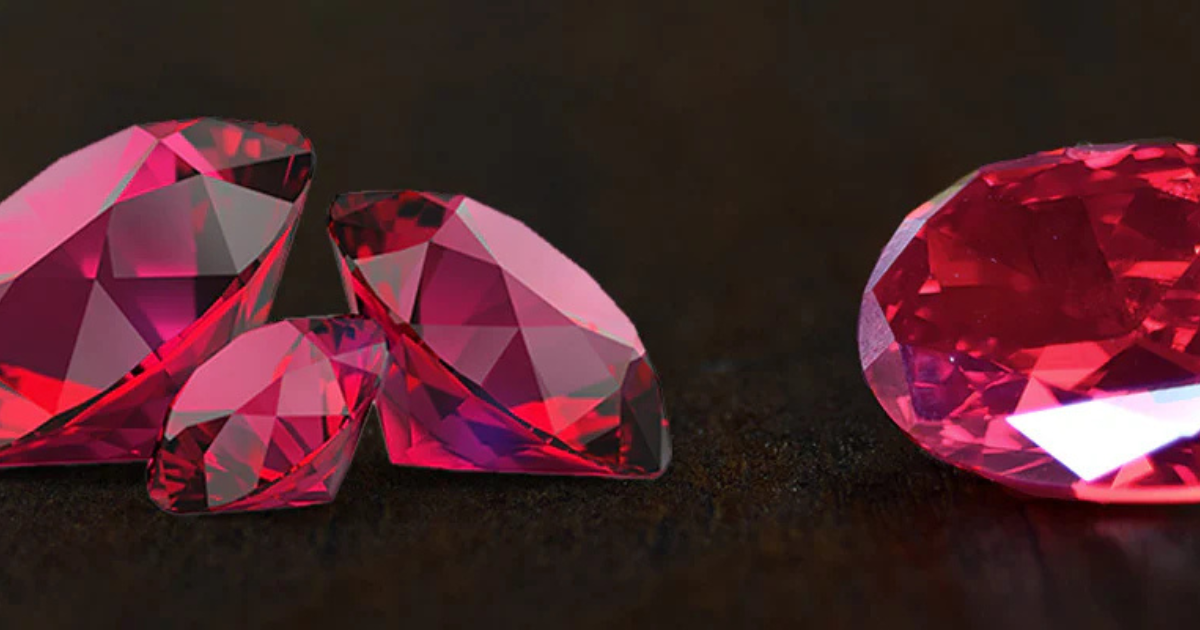Rubies are among the most prized gemstones in the world, known for their captivating red hues and historical significance. The value of a ruby is determined by various factors, including color, clarity, cut, carat weight, and origin. In this article, we will explore these factors in detail to provide a clearer understanding of how much rubies are worth.
1. The Four Cs of Ruby Value
Just like diamonds, rubies are assessed based on the Four Cs: Color, Clarity, Cut, and Carat weight. Each of these factors plays a crucial role in determining a ruby’s overall value.
- Color: The most important factor in a ruby’s value is its color. The most desirable rubies exhibit a vibrant, saturated red color known as “pigeon blood.” Rubies with a strong red hue are generally more valuable than those that lean towards purple or brown. The presence of fluorescence can also affect color perception; rubies that glow under ultraviolet light can be more desirable.
- Clarity: Clarity refers to the presence of inclusions or blemishes within the ruby. Natural rubies often contain inclusions, and those with fewer visible flaws are typically more valuable. However, some inclusions may be characteristic of a stone and can add to its unique beauty.
- Cut: The way a ruby is cut can significantly affect its brilliance and overall appearance. Well-cut rubies will reflect light beautifully, enhancing their visual appeal and value. Popular cuts for rubies include oval, round, and cushion cuts.
- Carat Weight: The weight of the ruby is measured in carats, with one carat equal to 200 milligrams. Larger rubies are rarer and thus more valuable. However, a smaller ruby of exceptional color and clarity can sometimes be worth more than a larger stone with inferior qualities.
2. The Origin of Rubies
The origin of a ruby can greatly impact its value. Rubies from specific regions are often more sought after due to their historical significance and unique characteristics.
- Burma (Myanmar): Burmese rubies are considered the finest in the world, particularly those from the Mogok region. They are known for their exceptional color and clarity, often commanding higher prices.
- Thailand: Thai rubies are typically darker and may have a more purplish hue. While they are still beautiful, they generally do not reach the same price point as their Burmese counterparts.
- Africa: African rubies, especially those from Mozambique, have gained popularity in recent years. They often feature a bright red color and are becoming more competitive in the market.
- Others: Rubies from regions like Sri Lanka, Vietnam, and Afghanistan also contribute to the diversity of rubies available, each with unique characteristics.
3. Market Trends and Prices
The price of rubies can vary widely based on the aforementioned factors, as well as market demand and availability. As of 2023, here are some general price ranges for rubies:
- Natural Rubies: The price for natural rubies can range from $1,000 to over $10,000 per carat, depending on quality. Exceptional rubies, especially those from Burma, can exceed this range significantly, sometimes fetching prices over $100,000 per carat at auction.
- Heat-Treated Rubies: Many rubies on the market have undergone heat treatment to enhance their color and clarity. While this process is common and accepted, heat-treated rubies typically sell for about 25-50% less than their untreated counterparts. Prices for these rubies can range from $500 to $5,000 per carat.
- Synthetic Rubies: Created in laboratories, synthetic rubies mimic the appearance of natural rubies but are significantly less valuable, typically priced between $10 and $100 per carat.

